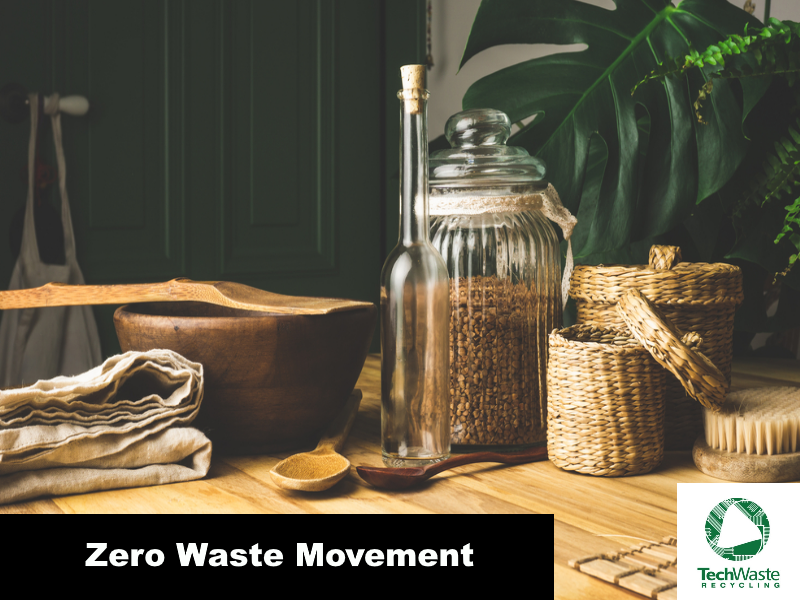The zero waste movement is a set of waste prevention guidelines that promotes remodeling resource life cycles to maximize product reuse. The zero waste movement also aims to have no garbage thrown in landfills, burned in incinerators, or dumped in the ocean. More than simply getting rid of garbage through reducing, reusing, and recycling, the concept of zero waste movement is reorganizing the production and distribution processes to eliminate waste.
Who Started the Zero Waste Movement?
Awareness of the zero waste movement heightened between 1998-2002. The movement gained more attention in 2009 as Bea Johnson, a French-American residing in California, enforced it in her home. Johnson publicized her experience in her blog called Zero Waste Home which was published in The New York Times in 2010. The 5R’s of the zero waste movement were detailed in Johnson’s Zero Waste Home: The Ultimate Guide to Simplifying your Life by Reducing your Waste, released in 2013. Since then, the movement has gained more followers from all over the world.
What are the 5R’s of the Zero Waste Movement?
The five principles introduced by Johnson in achieving a zero waste lifestyle are the following.
- Refuse what is not essential.
- Reduce what you already have.
- Reuse whatever you can.
- Recycle what cannot be reduced or refused.
- Rot what is left over.
What are Examples of a Zero Waste Lifestyle?
Living out the zero waste movement are done through the following.
- Avoiding anything made of plastic and substituting them with materials such as glass, stainless steel, cloth, or mesh.
- Repurposing food to reduce food leftovers.
- Opt for reusable cloth rather than disposable paper-made napkins and towels.
- Exploring vermicomposting or joining a community composting program.
- Buy by bulk.
- Practicing proper waste segregation and waste recycling.
- Donate used cooking oil which can be turned into biodiesel.
- Choose reusable containers and utensils instead of styrofoam and disposable cutlery.
- Bring your own water bottle.
What are Zero Waste Movement Practices Per Country?
The village of Kamikatsu, Japan started its zero waste movement in 2003. The communities in Kamikatsu organize waste into 45 types and then sends them to a central recycling facility. Cloth diapers are given to new parents and people can drop their unessential in a “swap-shop” for another person’s use.
The Taiwan Environmental Protection Agency adopted a zero-waste policy in 2003 and the country’s recycling rates grew to 50% from 18%. The zero waste movement in Taiwan involves sending food waste to farms and reducing the use of plastic, and disposable chopsticks.
Vancouver, Canada proposed Zero Waste 2040 in 2018 which aims to have zero waste in Vancouver landfills within the succeeding 20 years.
In 2007, San Francisco, California was the first city in the United States to impose mandatory composting and elimination of non-compostable, non-recyclable single-use containers in the food service industry.
Flanders, Belgium has more than 60 facilities that process organic and food waste, give subsidies to second-hand stores and require producers, merchants, and importers to accept and properly dispose of products that are difficult to recycle.
Cappanori, Italy houses Europe’s first zero-waste research facility.


































